1. Burrows-Wheeler Transform
Lecture
- Goal
- Reduce memory footprint for storing genomes
- Strategy
- Text compression via run-length encoding ( simple )
- Summary
- Only useful if we can invert this transformation
- Can we go back from the Burrows-Wheeler Transform of the genome to the orignal genome?
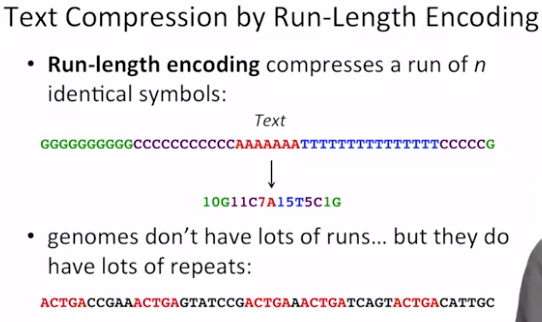 —
—
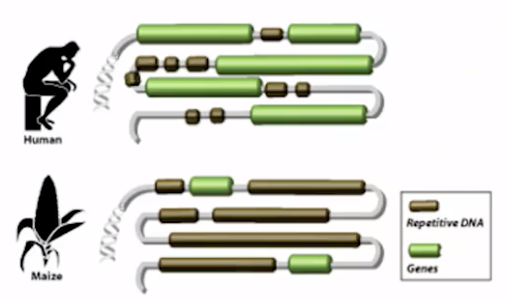 —
—
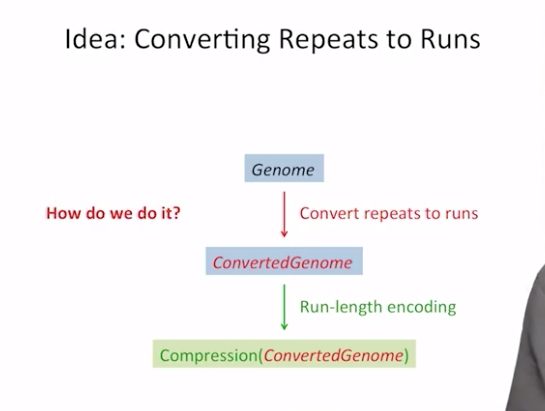 —
—
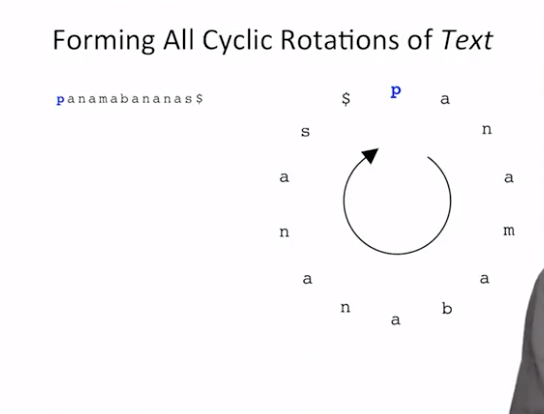 —
—
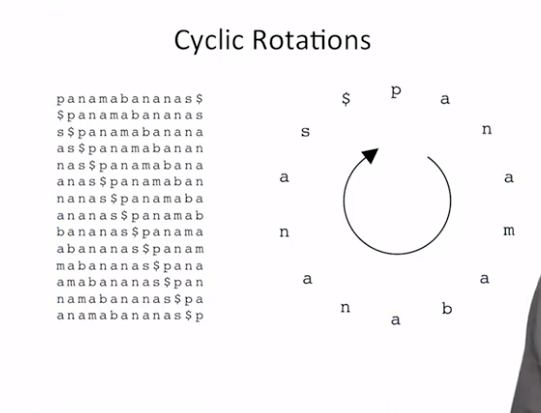 —
—
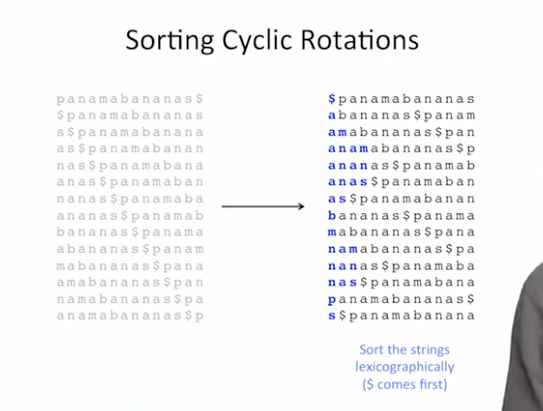 —
—
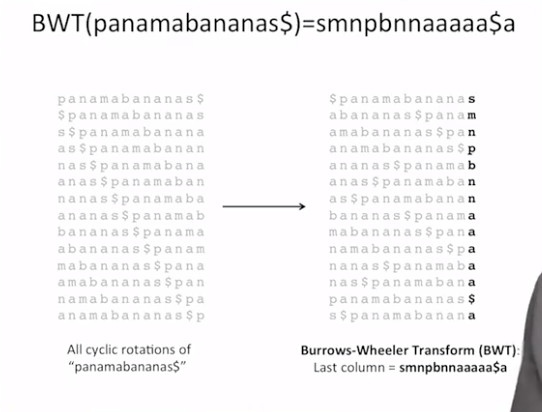 —
—
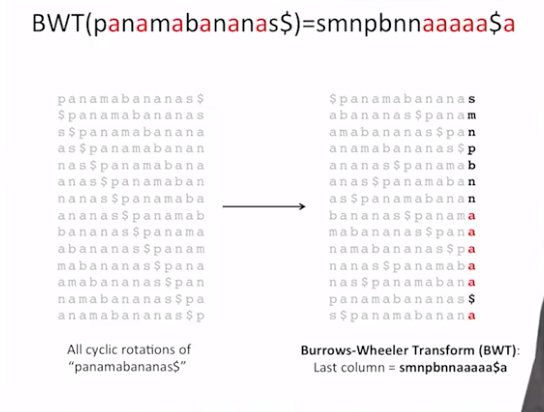 —
—
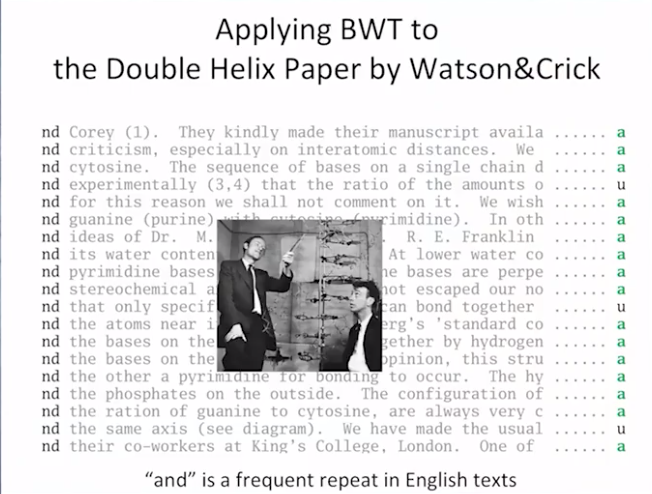 —
—
 —
—

Problem
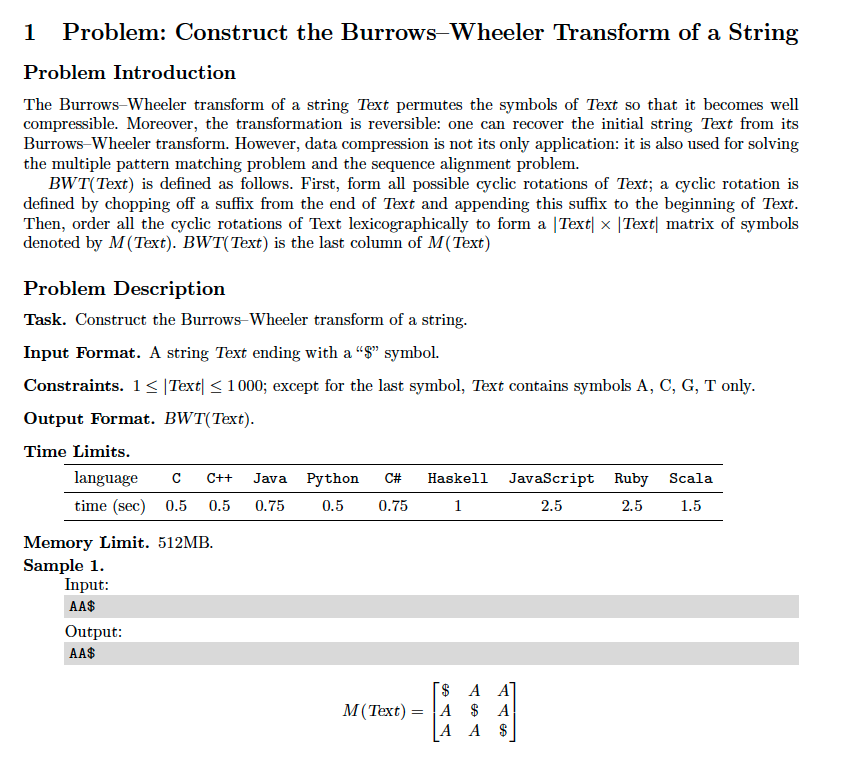

Pseudocode

Solutions
CPP
#include <iostream>
#include <sstream>
#include <string>
#include <vector>
#include <algorithm>
#include <iterator>
//#define OUTPUT_CYCLIC_ROTATIONS__THE_BURROWS_WHEELER_TRANSFORM_MATRIX
#define OUTPUT_BURROWS_WHEELER_TRANSFORM
using namespace std;
using Strings = vector< string >;
int main() {
Strings S;
string str; cin >> str;
for( auto N = str.size(); N--; ){
rotate( str.begin(), str.begin()+1, str.end() );
S.push_back( str );
}
sort( S.begin(), S.end() );
#ifdef OUTPUT_CYCLIC_ROTATIONS__THE_BURROWS_WHEELER_TRANSFORM_MATRIX
copy( S.begin(), S.end(), ostream_iterator< string >( cout, "\n" ) ); cout << endl;
#endif
#ifdef OUTPUT_BURROWS_WHEELER_TRANSFORM
Strings T{ S }; transform( S.begin(), S.end(), T.begin(), []( const auto& str ){ return str.back(); });
ostringstream os; copy( T.begin(), T.end(), ostream_iterator< string >( os, "" ) );
cout << os.str() << endl;
#endif
return 0;
}